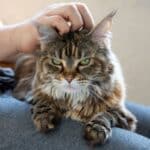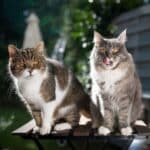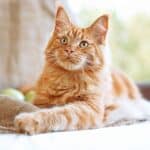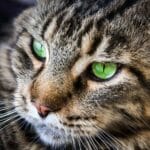Maine Coon cats are some of the largest and most adorable cats there are in the world. That is not all that makes them unique though. Of course, the long fur, the fact that they are gentle giants also, but how about the fact that many of them have extra toes?
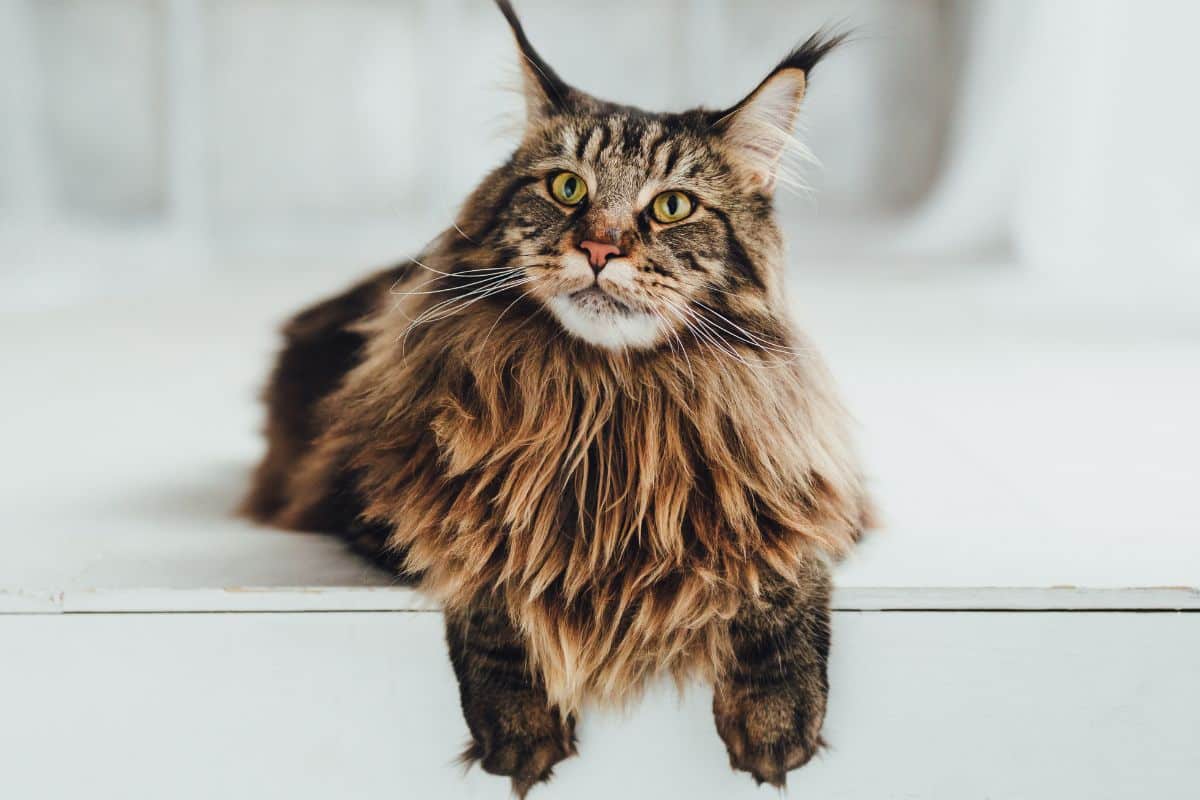
The Maine Coon does come from the Maine Coon Cat that is polydactyl. Polydactyl means that the human or animal was born with extra toes. However, it is not all Maine Coon Cats, now. Maine Coon Cats can have extra toes. It is not a mandatory or tell-tale sign that the Maine Coon has extra toes or that it is polydactyl. Also, it is not just Maine Coon Cats that may have the extra toes. There is, however, a higher percentage of Maine Coon cats with extra toes than there are other breeds of cats.
It is just a myth that all Maine Coons have extra toes. At one point in history, if a male Maine coon cat was born as a polydactyl, he was neutered as soon as they could so as to not reproduce and create more polydactyl Maine Coon Cats.
Since then, breeders have decided to embrace the unique quirk that some Maine Coons are born with. The logic makes sense when you hear it. The Maine Coon is a very large cat, with a large body, they should in that reasoning have large paws to hold the body up. It would only make sense that those large paws would then have extra toes.
No products found.
We do need to state, however, that breeders do not purposely breed polydactyl Maine Coon Cats. Due to regulations for different organizations, the thought process of breeding a cat that would have no function is pointless. These regulations in regards to the breeding of any feline species with polydactyl features vary across the globe. There are many countries that are trying to get rid of the mandates.
When a Maine Coon cat is born with extra toes it is called a polydactyl Maine Coon cat. The Maine Coon is one of the most common breeds of cats to have six toes. Roughly 40% of the Maine Coon cat population has six toes. There are actually groups of people who would like to have a full designation for the polydactyl Maine Coon cat. They would like to have it designated as its own breed. As of now, they are not recognized as such.
Even now, in our world, there are different regulations that pertain to Polydactyl Maine Coon cats. There are regulations in place as far as breeding and also for the ability to have a polydactyl Maine Coon be a show cat. This is not the case in a few countries. There they are allowed to show the Maine Coon polydactyl version, right alongside the non-polydactyl versions. This is not allowed in all areas of the world. Even in the animal kingdom, humans have to segregate one from another.
Up to just a few years ago, even the breeders in the United States would tell you to neuter the Maine Coon quickly to prevent passing the mutation to any future generations. This is not being cruel, the thought process actually helps the breeder also. Especially with the way some organizations would look at or consider simple unique features.
Cruel Restrictions
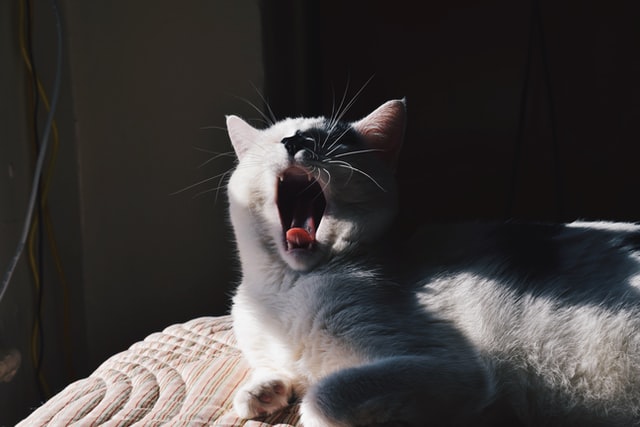
For felines and canines, Germany seems to be the strictest. They have incredibly strict breeding regulations. For felines, there is a total breeding ban on any cat with the following unique features:
- Curled hair
- Folded Ear
- Hairless
- Polydactyl
- They also impose restrictions on:
- Short tail
- Dominant White
- Albinism
- Munchkin
- Any facial defects.
Any cats that have any aspect of any of the included list items are monitored extremely closely to ensure that there is no passing down of these ‘deformities’ or ‘mutations’. Oddly enough, the powers that be in Germany state that this is done ‘Strictly for the dignity of the cat’. According to them, the United States has shown that the overbreeding of dogs has led to genetic defects and a deflated quality of life for the animal.
A fact that must be stated, on the record, is that some of these traits are not due to breeding, yet are a natural and much more common phenomenon that happens.
On the flip side, there are countries that are trying to ease up on the restrictions. However, they want to find a way to do so while still being ethical to the animal. Some countries like Belgium and the Netherlands, are trying to restore the polydactyl breed in Maine Coon Cats. Currently, New Zealand is the only country that will allow polydactyl breeds to show right alongside their counterparts. In New Zealand, it is considered differently, the polydactyl Maine Coon pedigree cat and the standard Maine Coon.
Polydactyl
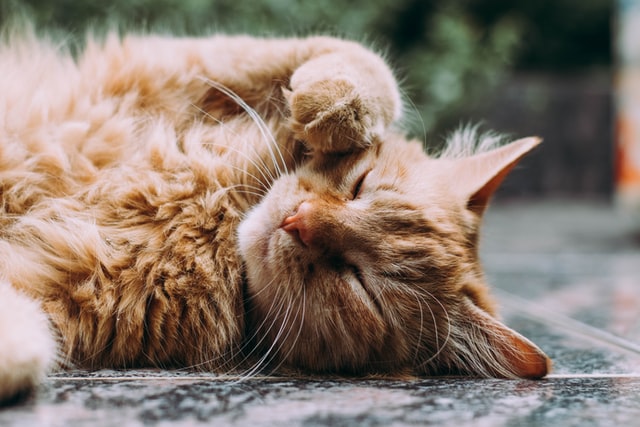
This is a dominant trait that is not related to gender in the feline. It is only necessary to have one copy of the gene in one of the parents in order for the offspring to develop this genetic factor. This, at the same time, does not state that if you have a cat with extra digits, their babies will have the same condition.
The gene is a dominant gene, and it is irregular, however, it will only mean that a kitten born to a parent with polydactyl features has only a 40 to 50% chance of being born the same.
No products found.
The term polydactyly does not mean a specific number of toes, it does not tell if the toes will be functional. Typically, the feline will have a total of 18 toes, 5 on each of the front and 4 on each of the rear paws. The typical extra digit will resemble a thumb on most cats, however, some may have one or two extra toes on just one foot.
Does having extra toes make a Polydactyl Maine Coon different from a Standard Maine Coon cat? Not at all, their temperaments are the same, they are still gentle giants. All in all, the only difference is the number of toes between the two cats. Again, it is not just Maine Coon Cats, Any breed of feline or canine for that fact could be born as a polydactyl.
Another fact to understand is that when seen on the Maine Coon, the mittens, as most call them, include ‘thumbs’ that are not opposable. This means that the ‘thumb’ is not capable of moving forward and touching any of the other toes on the cat. This does mean that the cat is more likely to produce offspring with the condition than a cat that is not polydactyl.
Why
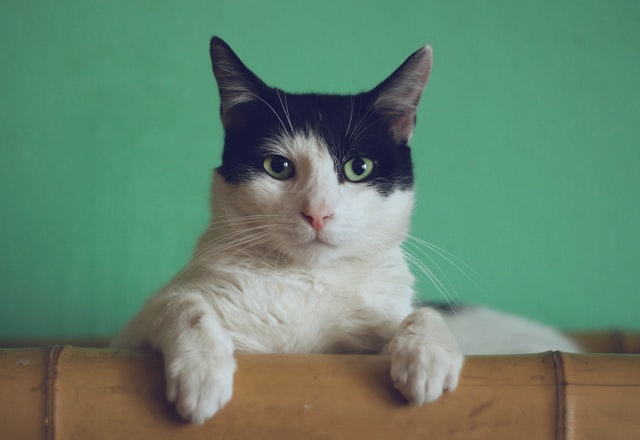
There are a number of different beliefs as to why a cat is born polydactyl. The main thought is evolution. The Maine Coon cat was bred generations ago, namely to withstand the harsh winters of the Northeastern United States.
Having the extra toes made their feet wider, giving them more insulation in the form of tufts of fur on the paws. The paws also almost doubled in size of your standard feline. This in turn helped these Maine Coon Cats to walk on top of the snow without sinking as much as regular cats. Think snowshoes without shoes.
Another thought is that since these gorgeous cats managed to survive for so long in the wilderness, science believes the extra toe was an adaptation to help them hunt and make their way through the wilderness.
It is believed that the extra toes gave the Maine Coon cat added balance and made them more agile than they already were. The thought process was that since they were large animals, they needed to adapt somehow to be able to survive.
Owners and those considering a Maine Coon should also understand that the Maine Coon with extra toes, or polydactyl Maine Coons, this condition is harmless. There is no evidence that the Maine Coon suffers or is in pain of any type from having extra toes.
Conclusion
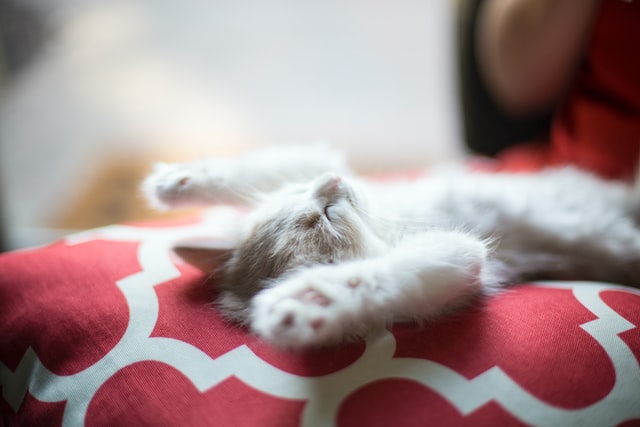
Genetically, all polydactyl Maine Coon cats do carry the genetic anomaly called the Pd gene. This is the dominant mutant gene that causes extra toes to grow. Statistically, it is proven that a polydactyl Maine Coon will produce more kittens with the polydactyl gene. However, it does only take one parent to make this gene pass down to the kitten.
If two Maine Coon cats that are polydactyl are bred together, the chance of a polydactyl kitten or litter of kittens is strengthened, as there is double the gene. This will increase the odds that the kitten is born with extra toes.
At the same time, it is very possible for either parent, or even both of them to carry the Pd gene, and yet there is no sign of extra toes on the kittens. To reiterate, this mutant gene, the Pd gene, is not biased towards one sex or the other. This gene may or may not be passed down, and it may or may not grow the extra toe on a kitten.
Just in case, there is no specific colour of Maine Coon that is born polydactyl. There are 75 colour combinations for a Maine Coon cat, the gene could pass to any of those options.

